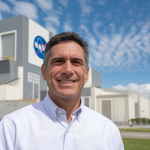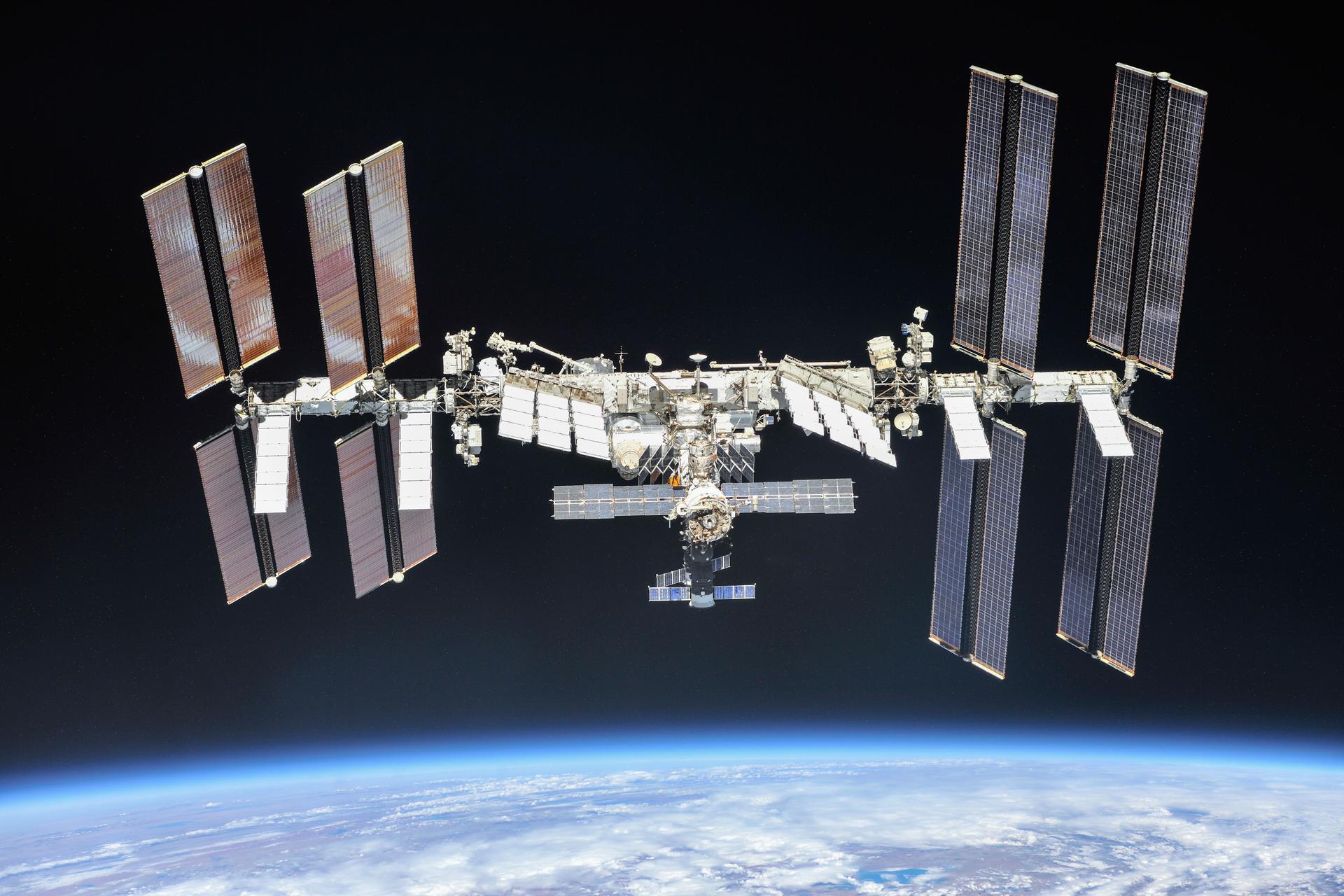Have you ever wondered what makes the ground shake beneath your feet?
Most people look up at the night sky and feel curious. They ask questions about distant stars and our own planet. But finding good answers isn’t always easy, especially when you’re just starting out.
Earth Space Science brings together all those interesting topics. It explains earthquakes, weather, oceans, and galaxies in ways that make sense. There are tons of courses available now that make learning these subjects simple and fun.
Students can pick from middle school basics to advanced university programs. This blog covers the courses and subjects that open doors to understanding our amazing world and beyond.
What Students Learn in Earth and Space Science?
Students studying Earth Space Science learn about the four main systems that make our planet work: the geosphere (rocks and land), hydrosphere (water), atmosphere (air), and biosphere (living things).
The science curriculum teaches how these systems interact with each other and affect daily life on Earth.
Students also learn about space topics like the solar system, stars, galaxies, and how scientists study objects that are millions of miles away.
Earth & Space Science classes include hands-on activities like examining rocks, studying weather maps, and using telescopes to observe planets and stars.
Earth Space Science in Middle School
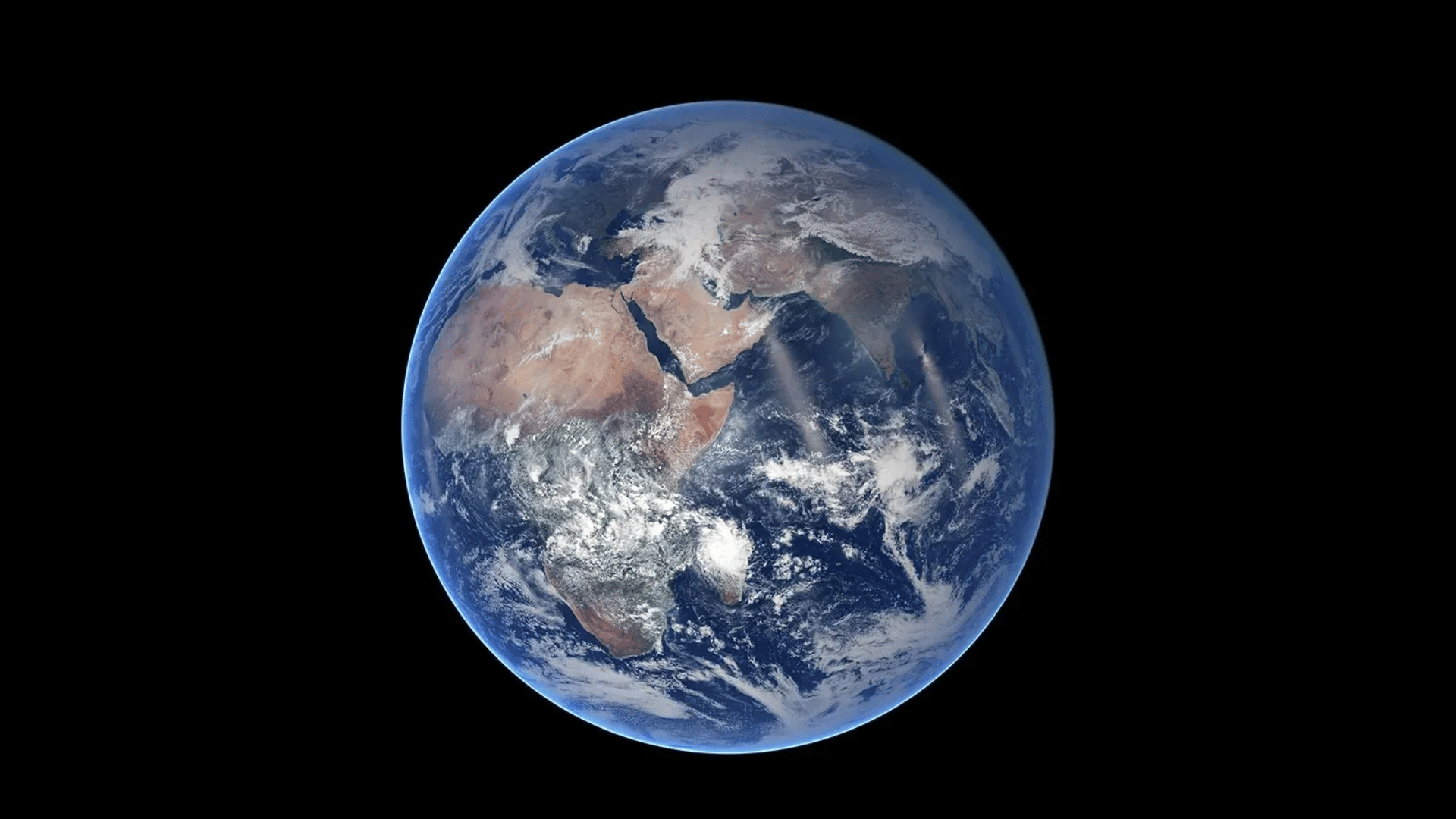

Image source: NASA Science
Middle school Science courses introduce young students to basic concepts about our planet and the universe in fun, easy-to-understand ways.
Students at this level learn about the rock cycle, plate tectonics, weather patterns, and the structure of the solar system through experiments and projects.
Middle school Earth and the Space Science prepares students for more advanced science classes in high school by building a strong foundation of knowledge about Earth and space.
Important subjects for middle school:
- Science
- Mathematics
- Geography
- Technology & Computer Skills
Earth and Space Science in High School
High school Science courses explain complex topics and use more advanced math and scientific thinking than middle school classes.
Students learn about topics like Earth’s history, climate systems, oceanography, and astronomy with more detail and scientific accuracy.
At the high school level, laboratory work often includes analyzing real data, conducting experiments, and writing scientific reports about their findings.
Important subjects for High school:
- Earth & Space Science
- Physics
- Chemistry
- Mathemathics
- Biology
- Geography & Technology
High school also teaches students about current environmental issues and how scientific knowledge helps solve real-world problems facing our planet today.
Earth Space Science at the University Level
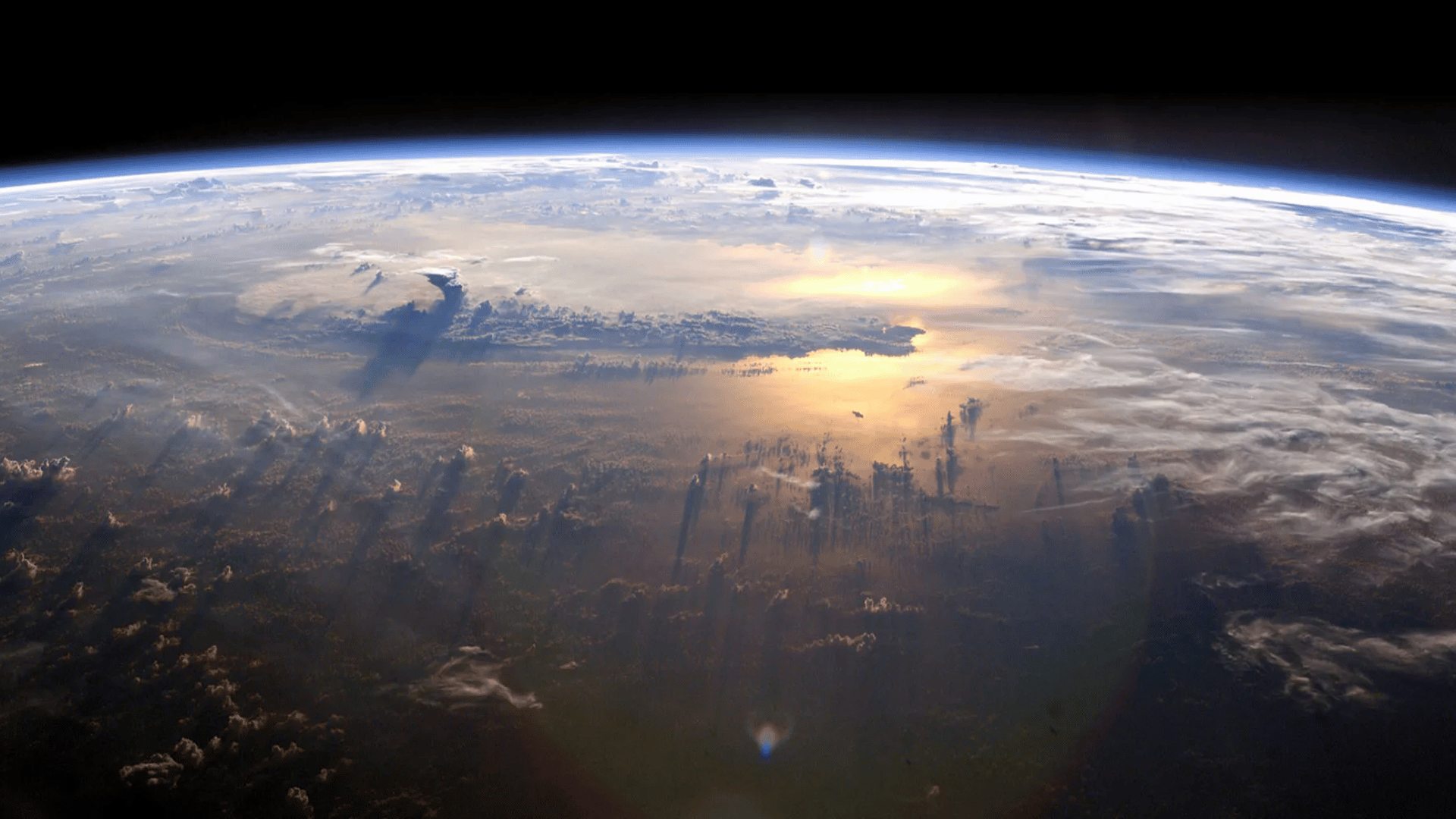

Image source: NASA Science
University-level Science programs offer specialized courses that prepare students for careers as scientists, researchers, and environmental professionals.
College courses involve advanced laboratory work, field trips to study geological formations, and research projects that contribute to scientific knowledge.
Subject Specializations in Earth and Space Science:
- Geology
- Atmospheric Science
- Astronomy
- Oceanography
- Environmental Science
- Planetary Science
- Astrobiology
These programs typically take four years to complete and often include internships or research opportunities that give students real-world experience.
Best Online Resources & Programs for Students
Students today have access to amazing online tools for Earth and Space Science.
Many universities offer quality courses through digital platforms. These programs cover topics from basic astronomy to advanced spacecraft control.
Learning happens at your own pace with interactive lessons and projects. Online courses range from free to paid certification options. Major platforms host classes from top universities worldwide.
Students can study geology, atmospheric science, and space exploration from home. Hands-on projects help build real problem-solving skills.
NASA provides special training programs for all skill levels. These resources focus on practical applications of Earth science data. Digital education makes space science accessible to students everywhere.
Careers Connected to Earth & Space Science
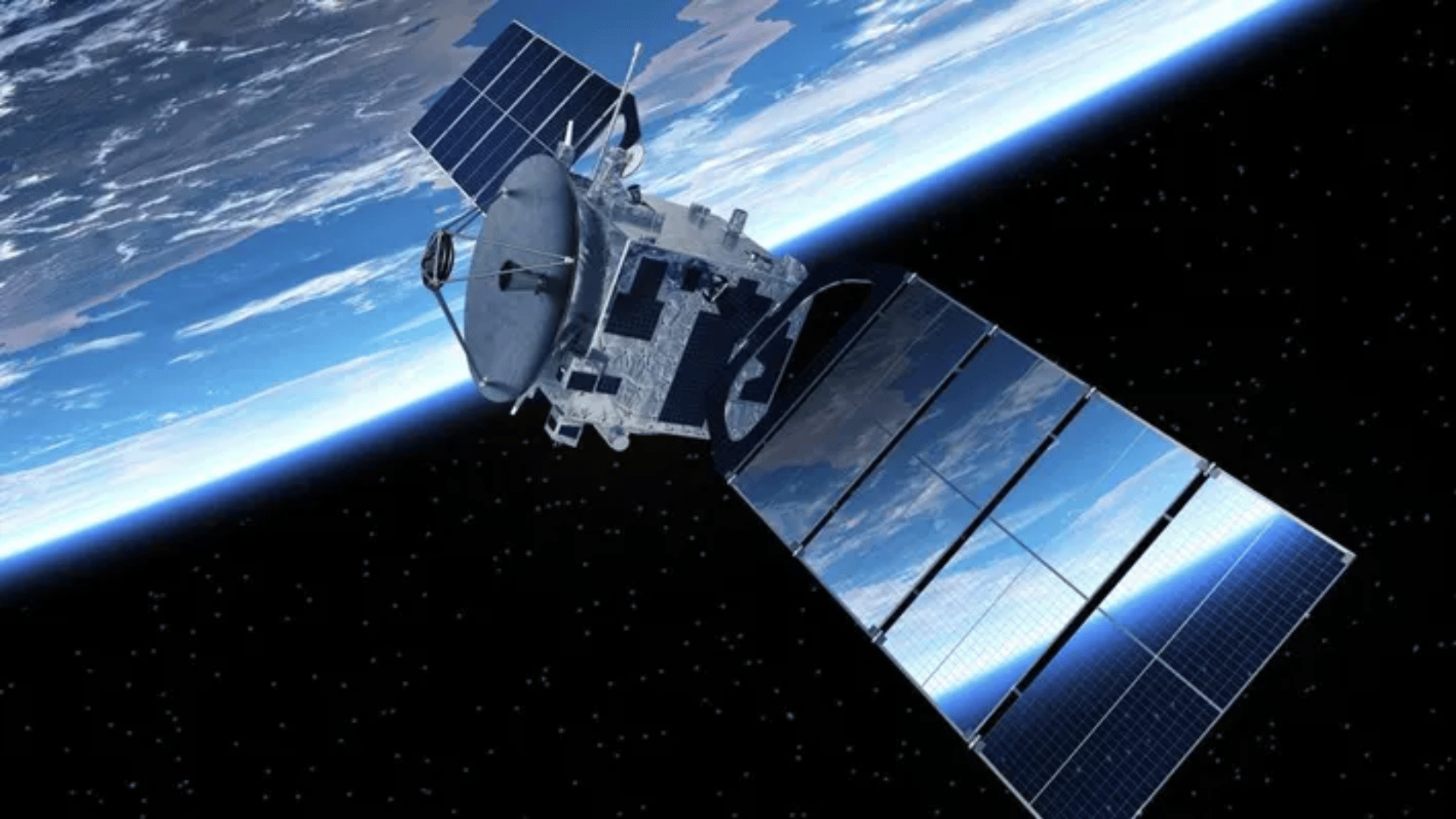

Image source: Forbes
It opens doors to many exciting careers that help people understand and protect our planet while studying the universe.
- Geologist studies rocks, minerals, and Earth’s structure to find natural resources and understand geological hazards.
- Meteorologists forecast weather patterns and study climate to help communities prepare for storms and other weather events.
- Astronomer observes stars, planets, and galaxies to understand the universe and Learn about new celestial objects.
- Oceanographer studies ocean currents, marine life, and underwater geology to protect ocean environments.
- Environmental Scientist works to solve pollution problems and develop sustainable practices that protect Earth’s resources.
- Seismologist monitors earthquakes and volcanic activity to help communities prepare for and respond to natural disasters.
- Planetary Scientist studies other planets and moons to understand how solar systems form and evolve.
- Climate Scientist researches long-term weather patterns and climate change to predict future environmental conditions.
How Parents & Educators can Support Learning
Parents and educators can support Earth and Space Science learning by motivating curiosity about nature and providing opportunities for hands-on learning experiences.
Taking children on nature walks, visiting science museums, and watching educational documentaries together helps build interest in Earth and space topics.
Teachers can make it more interesting by incorporating current events about climate, space missions, and natural disasters into their lessons.
Providing access to telescopes, rock collections, weather instruments, and other scientific tools allows students to conduct their own observations and experiments.
Supporting Science develops students’ critical thinking and nature appreciation.
Conclusion
Earth Space Science gives students important knowledge about our planet and the universe that impacts everyone’s daily life.
Learning about weather patterns, natural resources, and environmental issues helps people make smart decisions for Earth’s future.
In the middle school, high school, or university, these courses provide amazing opportunities to understand the world better.
Start your Earth and Space Science learning path today and discover your hidden scientific potential.


